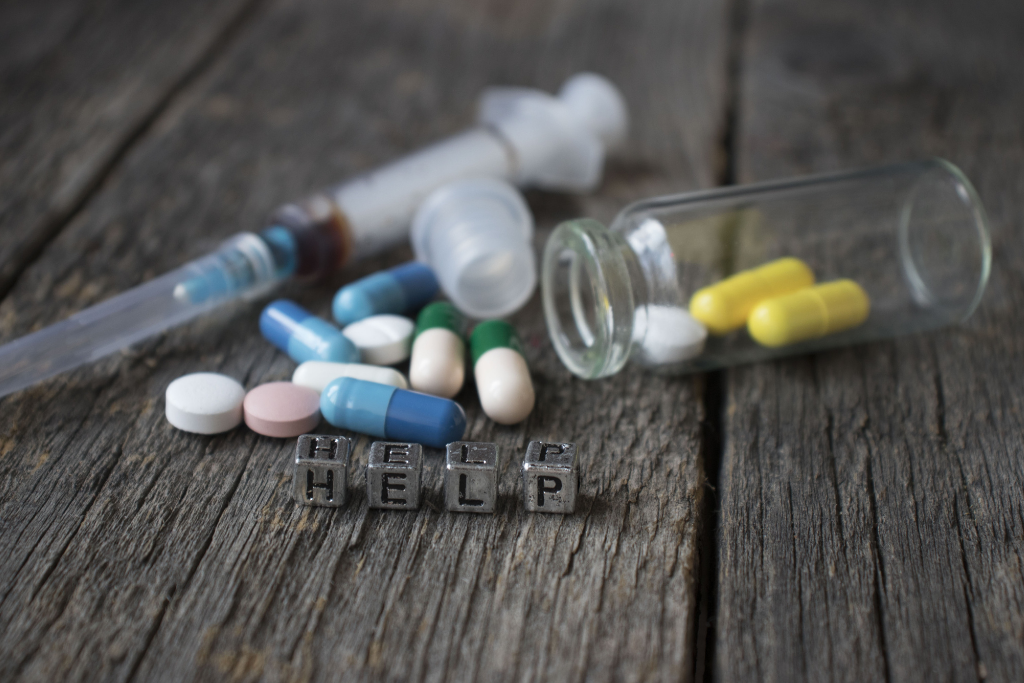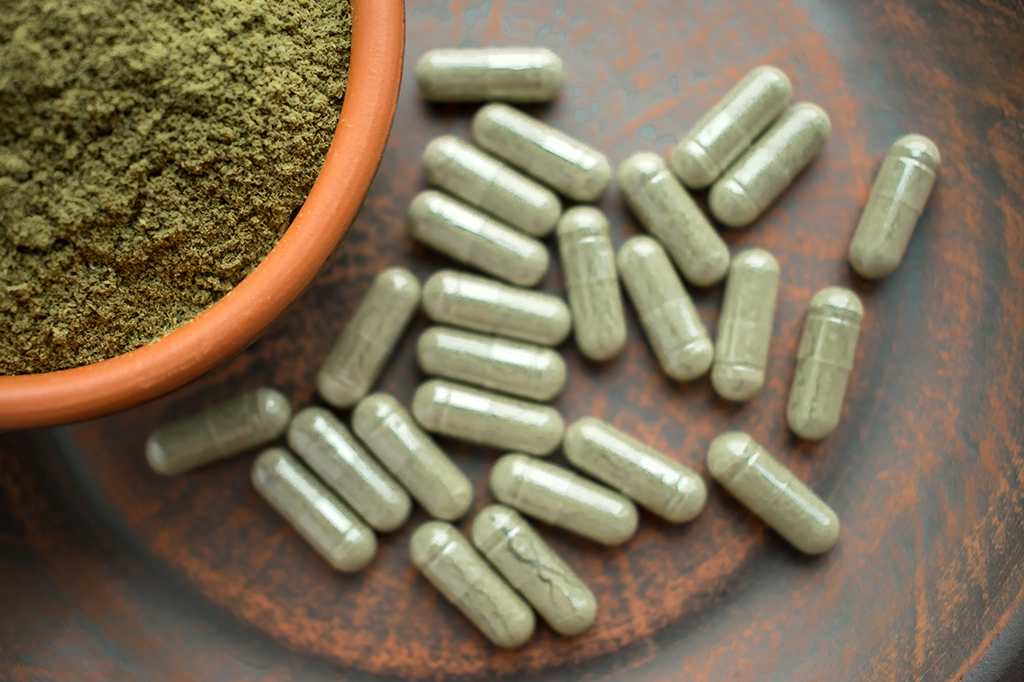Reviewed By:
Have questions about heroin addiction?
Call us at 855-430-9426 to speak with a recovery specialist.
- Despite slowing down in recent years, injected heroin use is still near an all-time high
- Heroin use has led to higher rates of hepatitis C
- Although injected heroin use is dangerous, alternatives like Fentanyl can be even more damaging
Although heroin use has leveled off in recent years, addiction remains near an all-time high after a decade of steadily rising use, according to the National Institute on Drug Abuse. Injected heroin, in particular, saw a troubling increase between 2008 and 2016 before starting to fall slightly. Injected use is particularly concerning to health officials because of the higher rate of secondary diseases, including the occurrence rate of hepatitis C.
Why Is Heroin Use Contributing to Hepatitis C?
Researchers have noted that the occurrence of hepatitis C (Hep-C) has increased in populations of heroin users. According to a study, the two phenomena may be connected. When multiple people share needles and syringes, certain infections can go from one person to the next user. Hep-C is easily transferred in this manner.
During the heroin injection process, it isn’t uncommon for a person to draw blood back into the syringe. It’s a method for trying to get every bit of heroin out and is fairly widely practiced among addicts. This allows the Hep-C virus to enter the syringe.
Since Hep-C can survive outside of the body for up to 72 hours, millions of virus particles can survive in the syringe and infect the next user. Then, when that person injects heroin, they are also injecting themselves with the virus. However, not all of the virus will exit the syringe, allowing the situation to repeat for the next user as well.
As a result, if one person in a group of heroin users becomes infected, sharing needles or syringes could sicken many others in quick succession. Even one-time exposure to Hep-C is potentially enough to cause the infection.
How Can Users Protect Themselves?
First and foremost, the best way heroin users can protect themselves is to get addiction treatment. By overcoming physical dependence on the drug, addicts can eliminate the risks associated with heroin. Treatment also provides the medical resources many users need to overcome the intense withdrawal symptoms, and the emotional support to continue.
For those who are still struggling with heroin use, there are steps that can help — for example, by never sharing needles or syringes.
The Dangers of Heroin Alternatives
Some researchers believe heroin use has plateaued in recent years because other opioids are more affordable. However, these alternatives come with their own risks. Fentanyl and Carfentanil have both made headlines due to their dangerous, and even fatal, side effects.
Kratom, an over-the-counter product, is also considered an alternative. Although it is still legal to use in most states, many experts believe it to be as addictive as heroin. The side effects, which include hallucinations and psychosis for some people, can be as damaging. It can also cause fatal respiratory depression.
Getting Help
If you are struggling with heroin or opioid use, professional treatment can make a life-saving difference. Most people will need inpatient treatment as they overcome physical dependence on opioids. Inpatient treatment allows you to remain in a safe environment under the care of medical professionals. With 24-hour access to clinicians, medical resources and emotional support, inpatient treatment offers the best environment for a safe and effective detox.
Inpatient treatment also ensures access to services that can help you continue your recovery after detox. Along with cognitive behavioral therapy and one-on-one counseling, you might also attend group meetings and life-skills classes. You’ll be able to build a toolkit that supports long-term recovery, increasing the odds that you’ll remain free from heroin moving forward.
Need help now?
Call us at 855-430-9426 to speak with a recovery specialist.
Life After Heroin
As with recovery from all addictions, rebuilding life after heroin is a process. Ongoing counseling, NA meetings, group therapy and support from friends and family are important as you rediscover life in recovery. At Sprout, we guide you through the aftercare process to make an easier transition from treatment to everyday life.
Have questions about addiction?Chat with one of our recovery specialists now.


